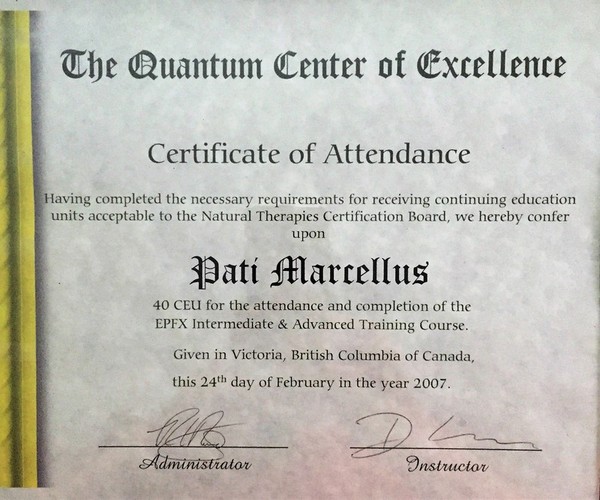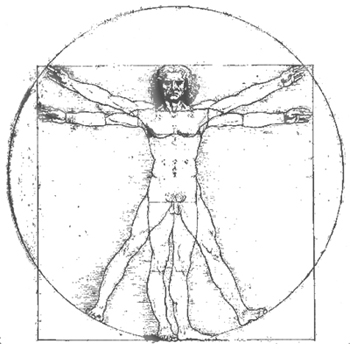MORE QUESTIONS...
What to Expect
Biofeedback typically involves a series of sessions over several weeks. Most conditions require 6 - 10 sessions. Electroencephalographic (EEG) biofeedback - which measures, displays and teaches you to control brainwaves - can take longer. You and I will come up with a schedule that's right for your condition.
You can expect a session to last from 1 - 2 hours. (Your first one may take longer as I explain the process to you.)
I will first explain the process to you and show you the various pieces of equipment. You'll sit in a comfortable chair and then I will apply sensors to various points on your body.
The sensors are connected to equipment that provides instantaneous feedback. Next, I will guide you through various mental exercises that are designed to bring about the desired biological changes-exercises that can help you control a particular function. And by paying attention to the feedback, you'll learn to associate certain thoughts and actions with the desired change in your previously involuntary responses. This information is fed back to the device by electronic frequencies.
I will serve as a coach to guide and encourage you in various relaxation techniques, self-regulation and self-awareness, and home practices. By practicing these techniques, you gain greater control over your bodily functions. Once you gain competence practicing, the idea is to become so good that you no longer need to be monitored by the instrumentation or myself.
Just by concentration, you can contract and/or relax certain muscles. At that point, you can use biofeedback on your own, without the equipment and guidance of a session.
These are the basic methods:
Electroencephalographs (EEG) measure brainwaves. Ideally, an EEG will help you learn how to recognize and modify your brainwave activity by identifying certain brainwave patterns. EEG biofeedback (also called neurotherapy) can help improve attention and reduce impulsivity and is used to treat attention deficit hyperactivity disorder, head injuries and depression. A band is placed on the head, 2 wrist straps and 2 ankle straps.
In addition to the actual biofeedback, I will work with you on relaxation exercises, stress-coping techniques, deep breathing, and muscle relaxation.
Many people learn to control various functions, including heart rate, blood pressure and muscle tension. (This ability enables some people to go off certain medications, such as those for blood pressure and depression. But don't make this decision alone: Talk to your prescribing health care professional before discontinuing any drug regimen.)
Biofeedback success rates vary; conditions like Raynaud's disease and incontinence show success rates of up to 90 percent. Biofeedback has more published clinical research regarding its efficacy than any other complimentary medical treatment; however, researchers may want to do further studies. The practice is increasingly gaining mainstream acceptance with more complex conditions.
FACTS..
-
Biofeedback isn't a treatment or a cure. It's a set of techniques or methods for helping you become aware of your body processes in order to control them. These changes, not the biofeedback equipment itself, are what improve your health.
-
Biofeedback should never be used for treating symptoms that haven't been checked out by your primary Health Care Professional.
-
Biofeedback uses audio, visual and digital cues to reflect changes in your physiology.
-
Biofeedback is frequently used to help people with stress-related disorders, insomnia and chronic pain. At present, 100's of applications of this type of treatment have been described and evaluated.
-
The term "biofeedback" comes from "biological feedback" and came into use around 1969.
- Biofeedback crosses many health care categories. It's used in several disciplines, including psychology, dentistry, physical therapy, pain management and internal medicine. (In fact, some nurses, physicians and dentists are also biofeedback therapists.)
-
Biofeedback is painless and many clients have noticed positive changes to their body within a couple of days.
YOU ASK: Am I Covered by my Benefits Plan?
Your Health Care Professional may be able to make a referral. Physicians, Dentists, Psychologists and many other Health Professionals use Biofeedback. The Psychology or Psychiatry Department at a nearby University also may be able to point you in the right direction. Check with your Health Care provider, you may be eligible to claim your visits to approved Biofeedback Specialists.

